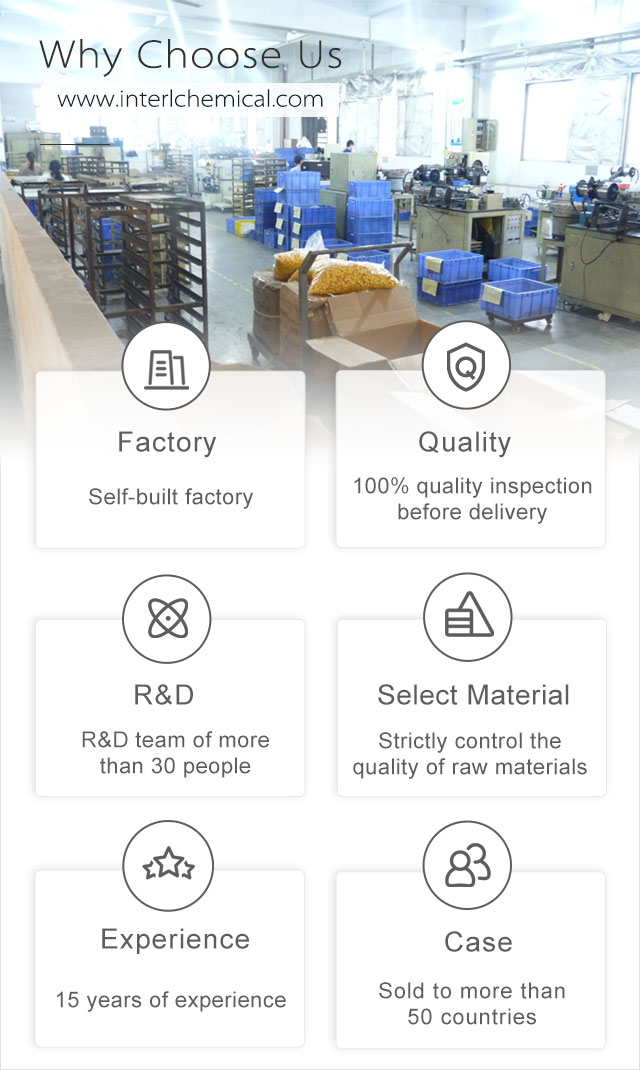Glycine powder Raw Materials CAS 56-40-6
Related Attributes
Product details
Uses and synthesis of Glycine powder
Glycine powder is the simplest structure of the 20 members of the amino acid series, also known as amino acetic acid, for the human body non-essential amino acids, Glycine CAS 56-40-6 white crystals or light yellow crystalline powder at room temperature.

Glycine Raw Materials has a unique sweetness, can moderate acid and alkali flavour, mask the bitter taste of added saccharin in food and enhance the sweet taste.
Applications / Functions of Glycine powder
- Glycine powder is used in the pharmaceutical industry, biochemical testing and organic synthesis.
- Glycine CAS 56-40-6 Used as buffer, used in the preparation of tissue culture medium, copper, gold and silver test, medicine used in the treatment of myasthenia gravis and progressive muscular dystrophy, hyperacidity, chronic enteritis, children with hyperprolinemia and other diseases.
- Treatment of myasthenia gravis and progressive muscular dystrophy; treatment of gastric hyperacidity, chronic enteritis (often combined with antacids); Glycine Raw Materials can reduce the gastric stimulation of aspirin; treatment of hyperprolinemia in children; as a source of nitrogen for the production of non-essential amino acids, added to mixed amino acid injections.
Glycine Raw Materials are mainly used as nutritional additives for chicken feed.

Glycine powder is mainly used for flavouring and so on.
Physicochemical Property of Glycine powder
White monoclinic or hexagonal crystal system, or white crystalline powder. Odourless, Glycine CAS 56-40-6 has special sweet taste. Easily soluble in water, solubility in water: 25g/100ml at 25℃, 39.1g/100ml at 50℃, 54.4g/100ml at 75℃, 67.2g/100ml at 100℃, very insoluble in ethanol, about 0.06g in 100g of anhydrous ethanol, almost insoluble in acetone and ether.
Production methodprocess of Glycine powder
Glycine CAS 56-40-6 has no optical isomers and is produced by synthetic method. The synthetic methods are described as follows.

- (1) Strecker method.Formaldehyde, hydrocyanic acid and ammonia are used as raw materials to synthesise aminoacetonitrile first, and then glycine is generated by decomposition. Use methane and ammonia to synthesise crude hydrocyanic acid, then make the formaldehyde liquid absorb cyanohydrogenic acid continuously, then react the reaction liquid and ammonia at 120℃ for 2min to generate aminoacetonitrile, and finally hydrolyse it by adding alkali, to get Glycine powder with total yield of 87%.
- (2) Bucherer method.Add paraformaldehyde to the aqueous solution of ammonium carbonate and sodium nitrile, dissolve with stirring at room temperature and then react at 80-85 ℃ for 3 h. Obtain an aqueous solution of glycolonitrile. Then add 30% NaOH aqueous solution directly and hydrolyse it at 170°C for 3 h. Finally treat it with cation exchange resin to get Glycine CAS 56-40-6 with 83.2% yield.
- (3) Monochloroacetic acid ammoniation method.Mix ammonia and ammonium bicarbonate and heat to 55°C, add monochloroacetic acid hydrolysis solution and react for 2 h. Then heat to 80°C to remove the remaining ammonia, and decolorise with activated carbon. After filtration, the filtrate was added with 95% ethanol to precipitate glycine crystals. After separation, it was washed with ethanol. The crude product was obtained after drying. The crude product was dissolved with hot water, and then recrystallised with ethanol to obtain Glycine Raw Materials , with a yield of about 42%.
- (4) Phase transfer catalysis method.Add 2kg of ammonia to 1L of methanol, then add 0.3kg of hexamethylenetetramine, after the solution is clarified, add 2L of methanol dissolved in 10kg of chloroacetic acid, the temperature of the system rises markedly to 58 ℃, accompanied by a large number of crystals precipitated. When the temperature dropped to room temperature, the upper layer of liquid clarification, filtration of the crystals, filtrate placed for 2 days, and some crystals can be precipitated. Add 2-3 times the amount of deionised water to the above crude product, heat it to 70-75℃, add 2 times the volume of methanol after dissolution, precipitate the crystals by cooling, dry it at 70℃ for 2h to get Glycine Raw Materials, the product yield is 68.6%, purity is 99.6%.
Why choose us?

HRK Factory

About Shipping












